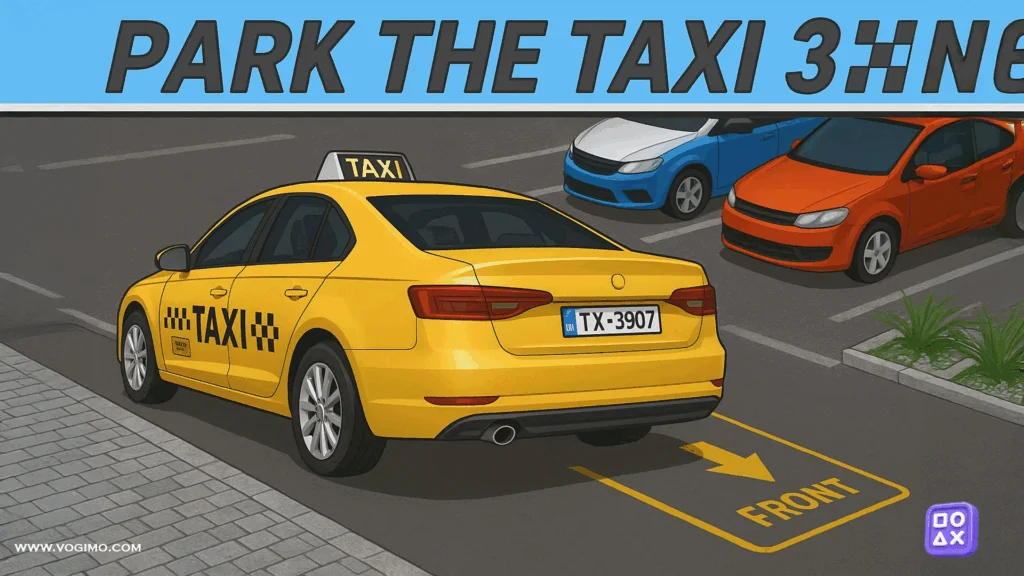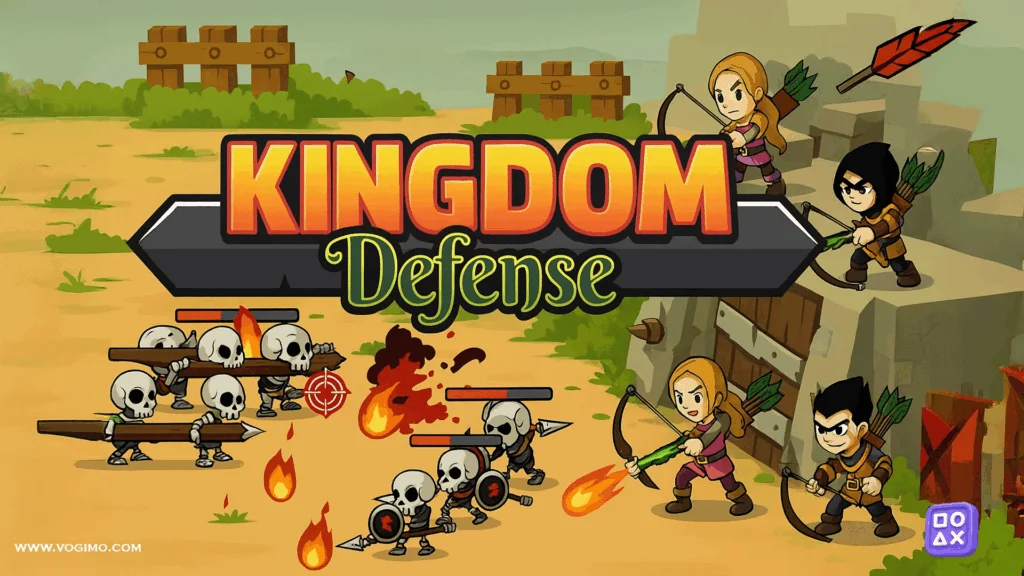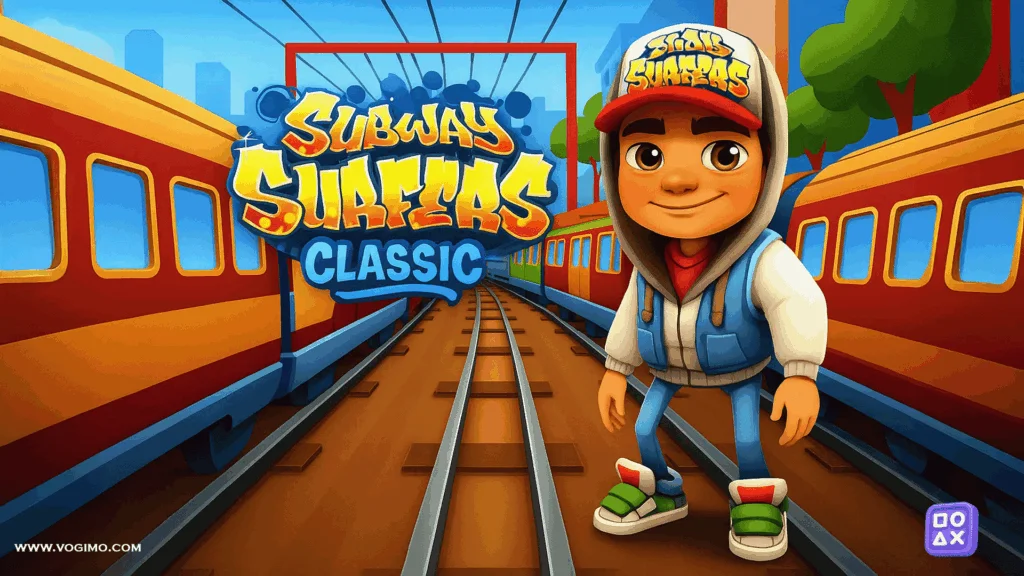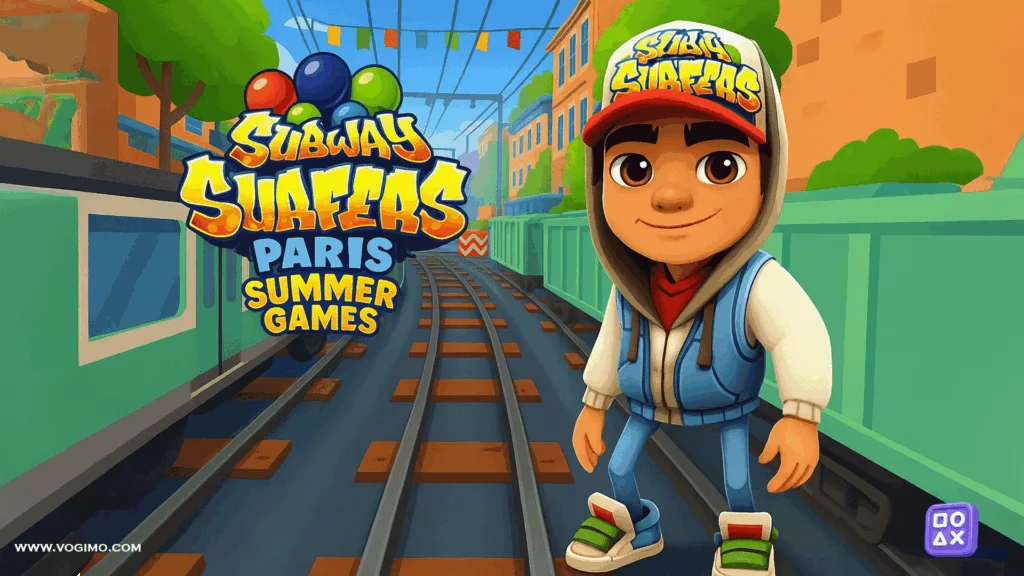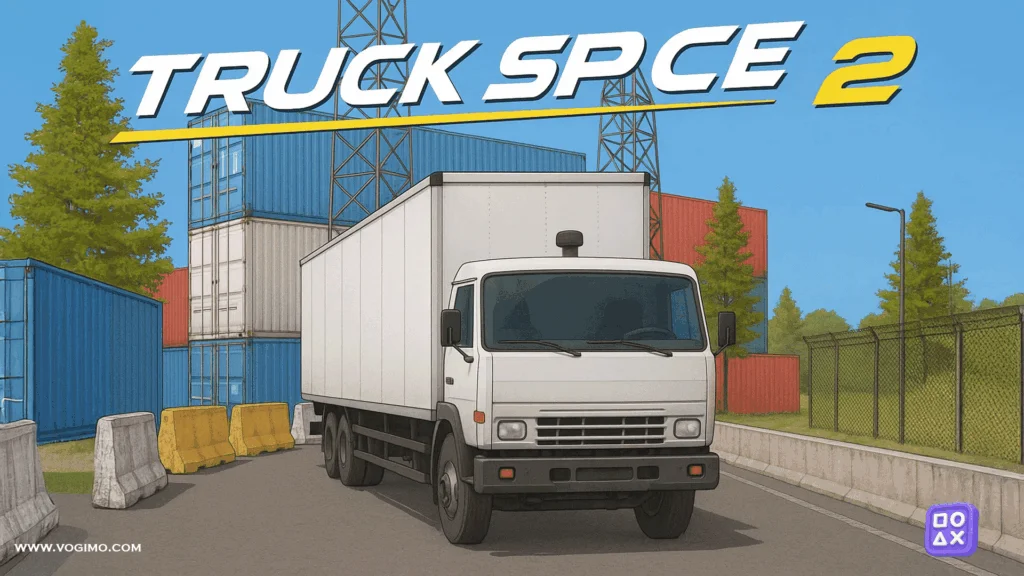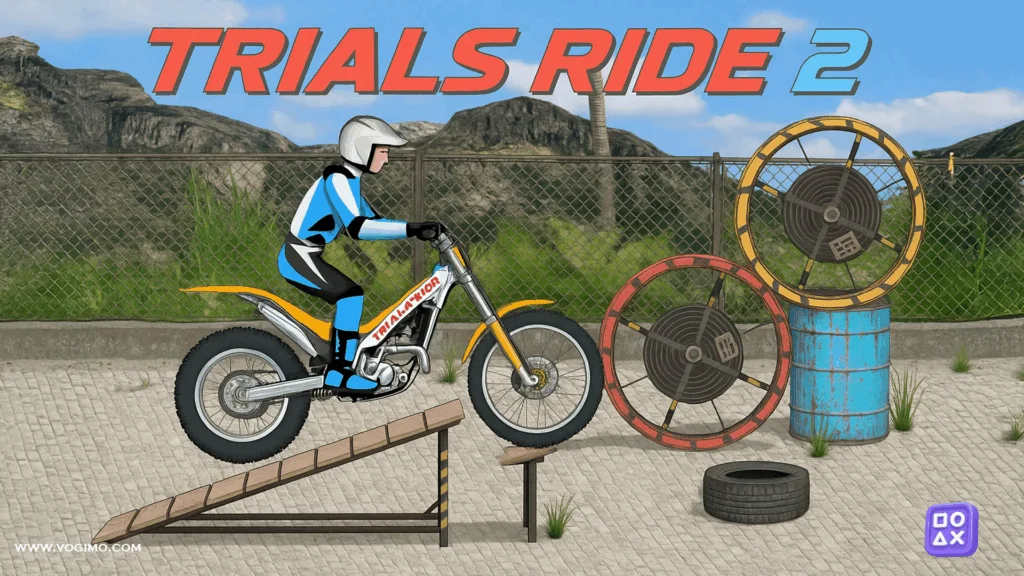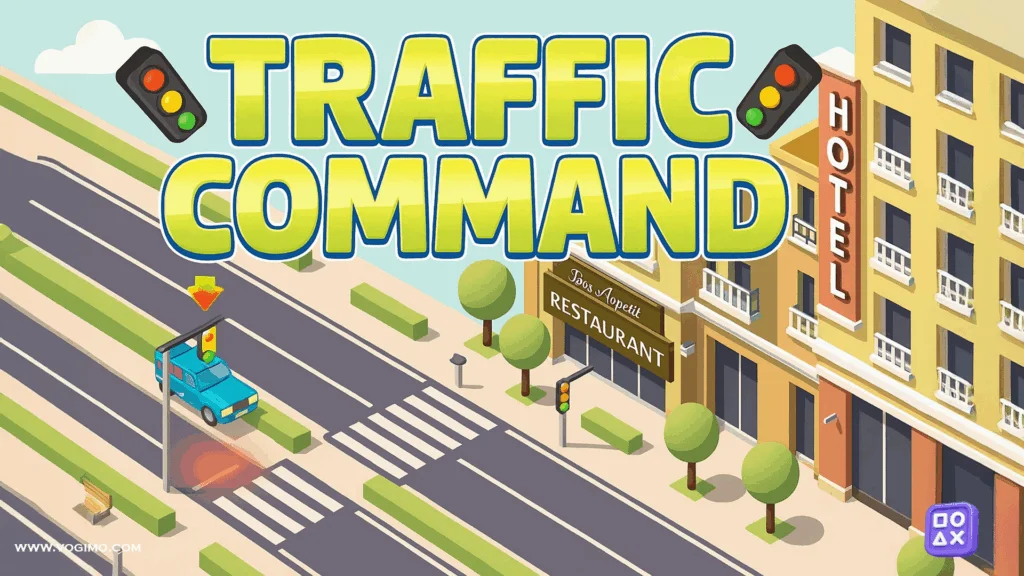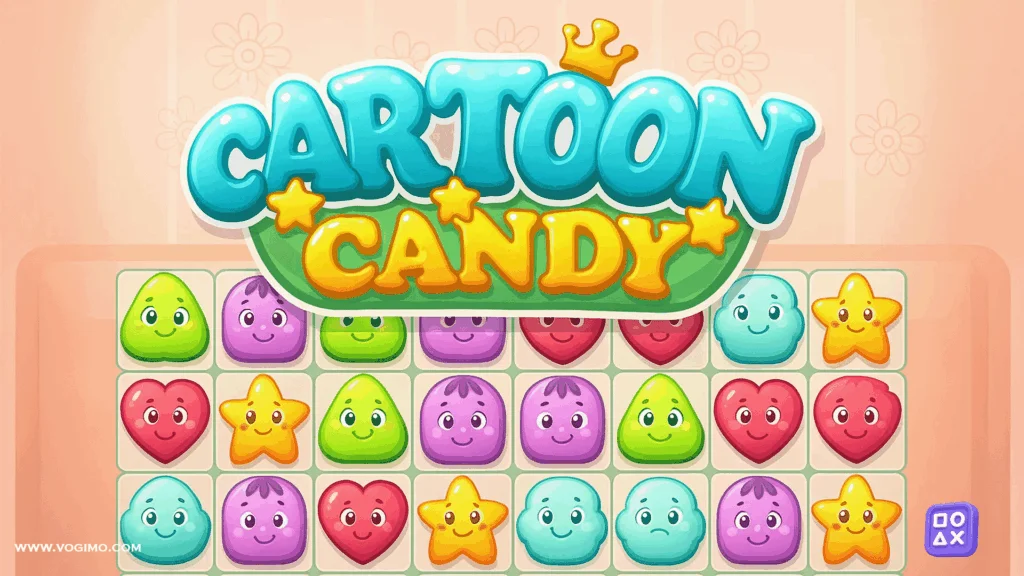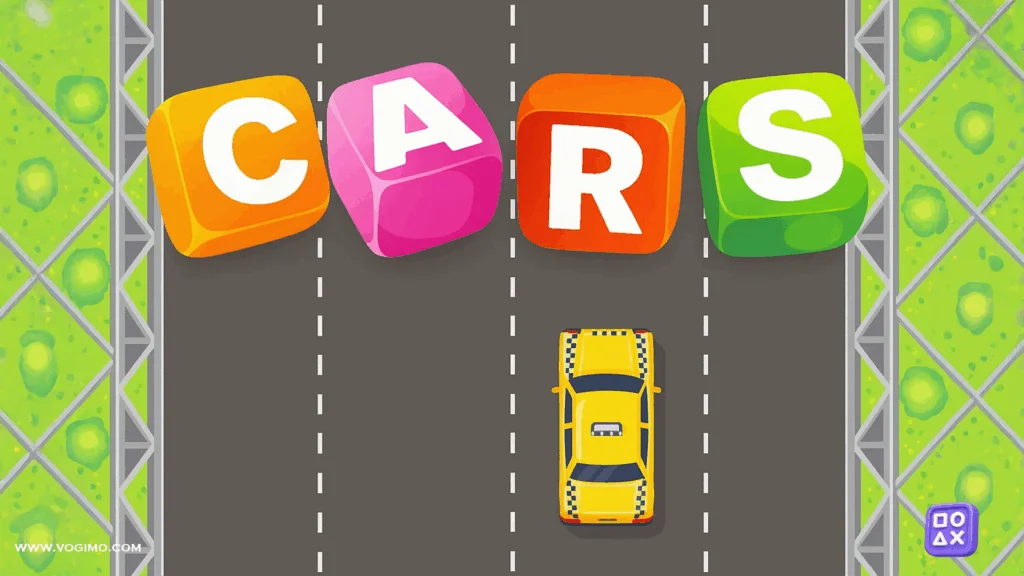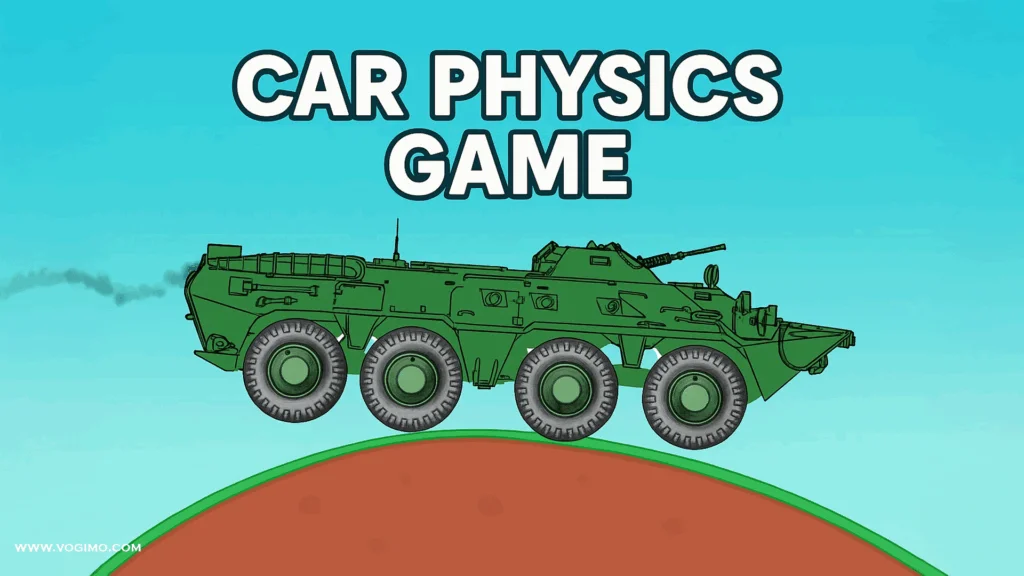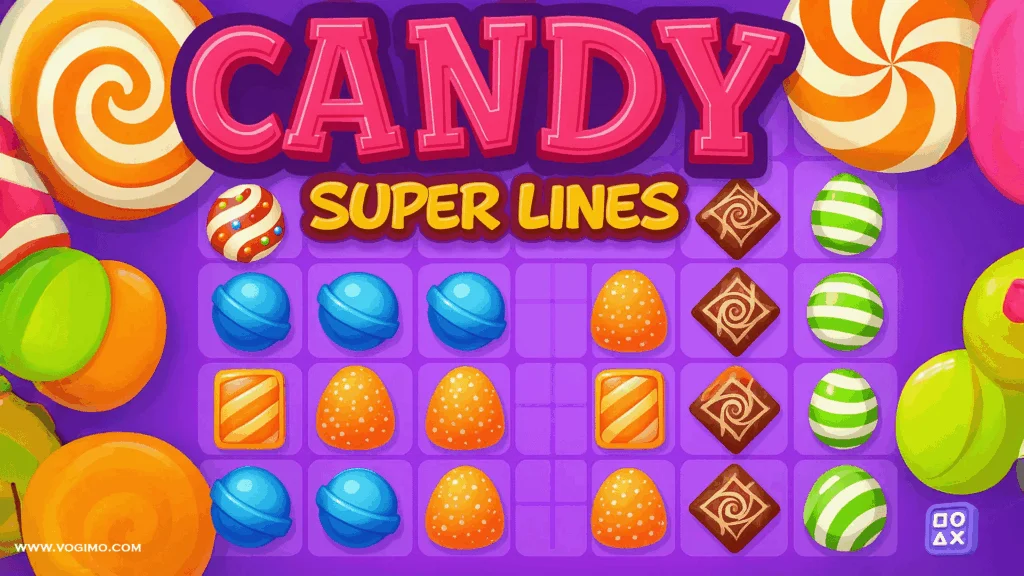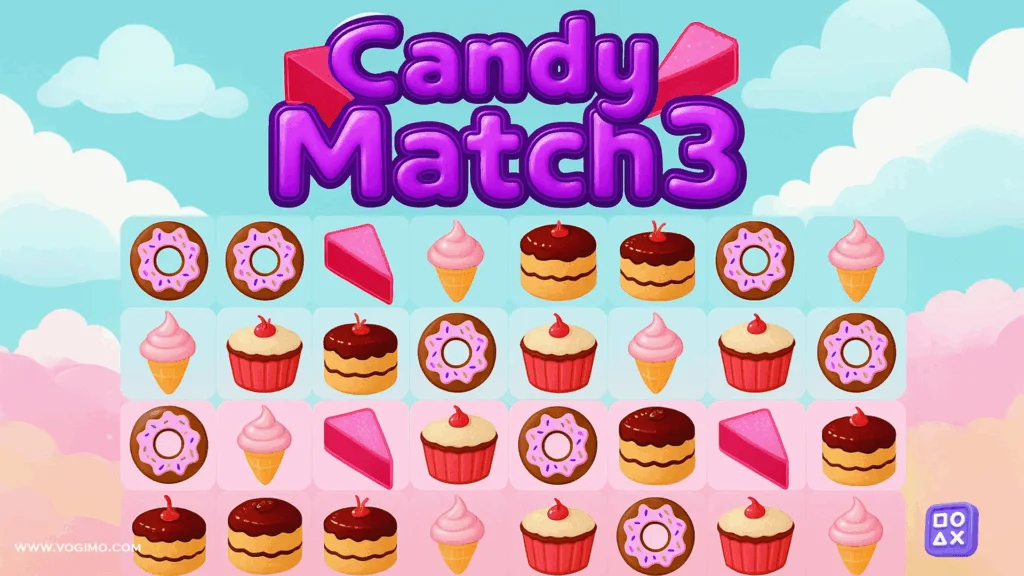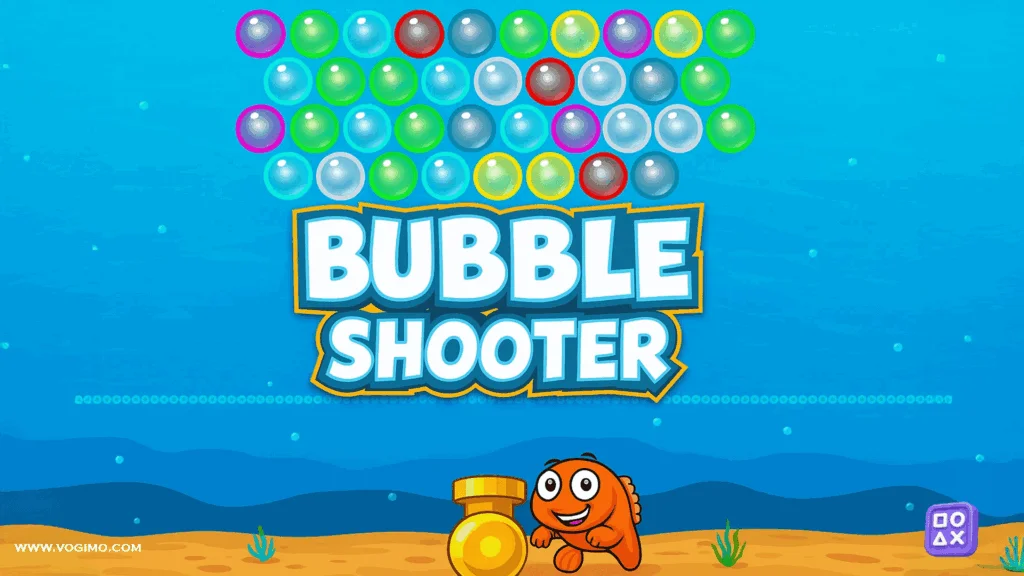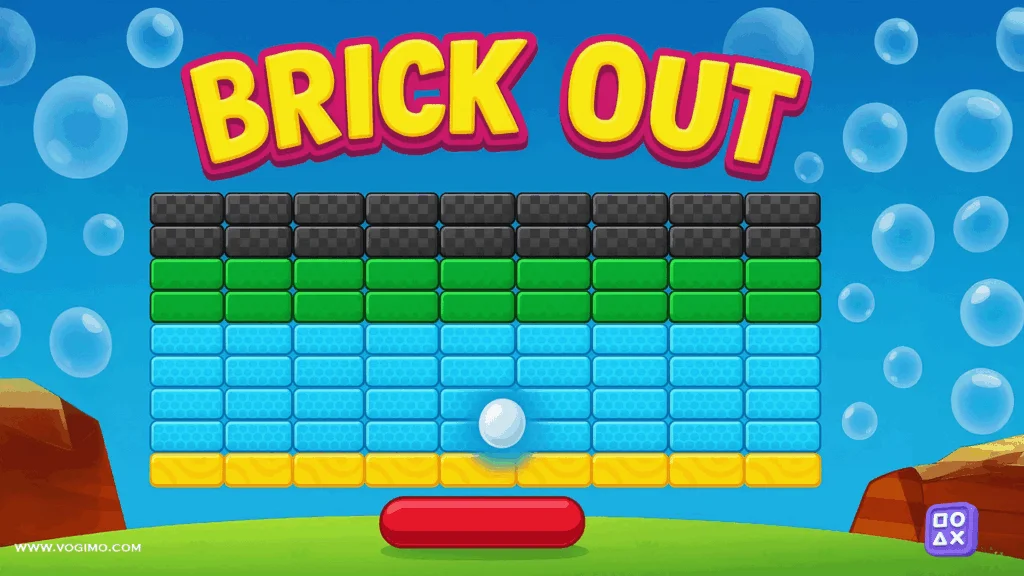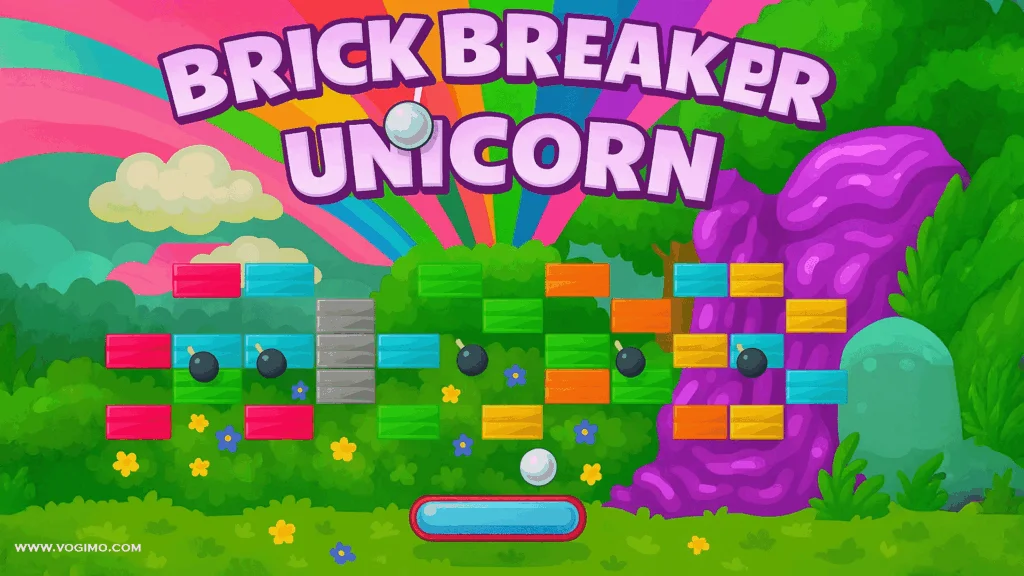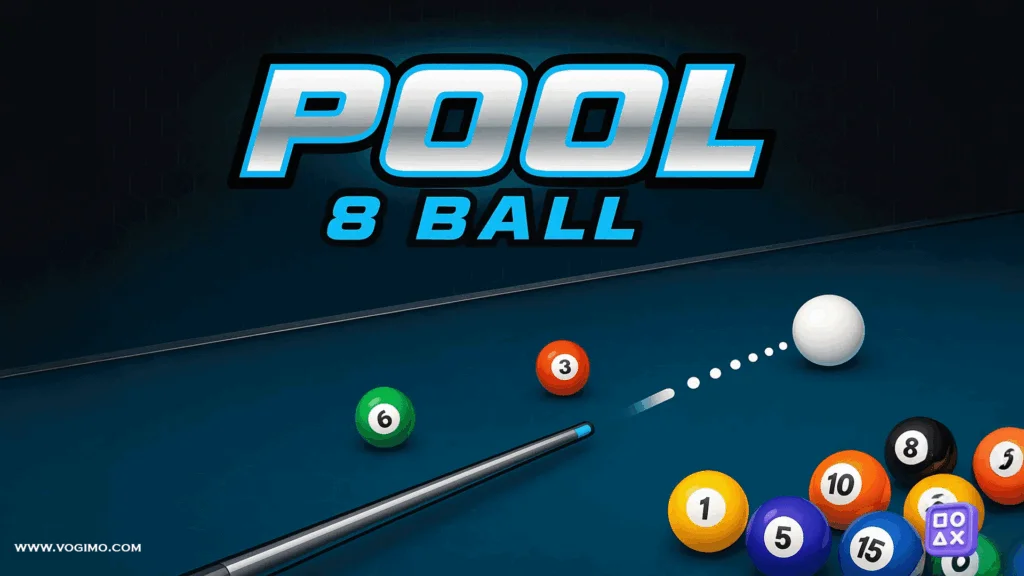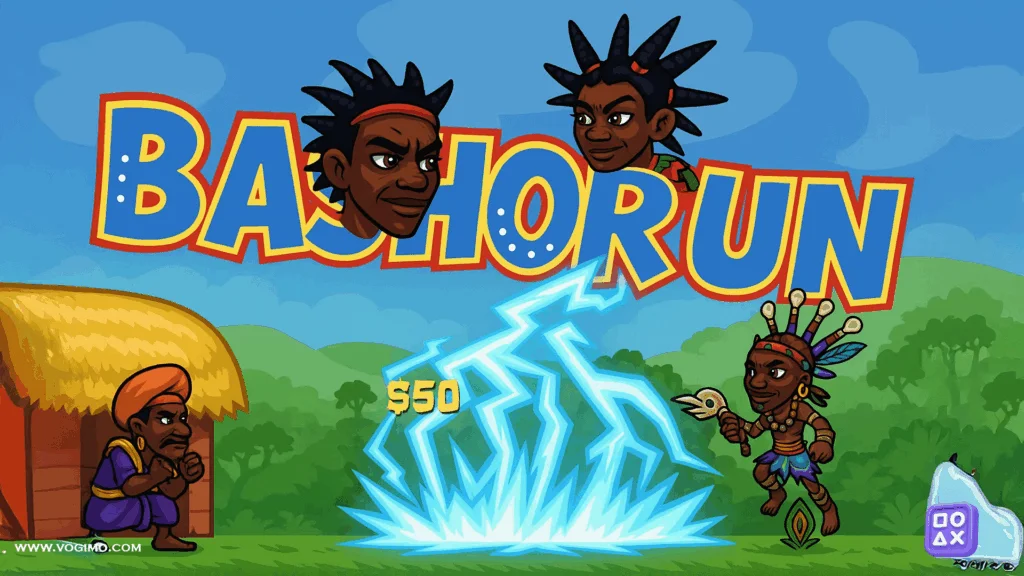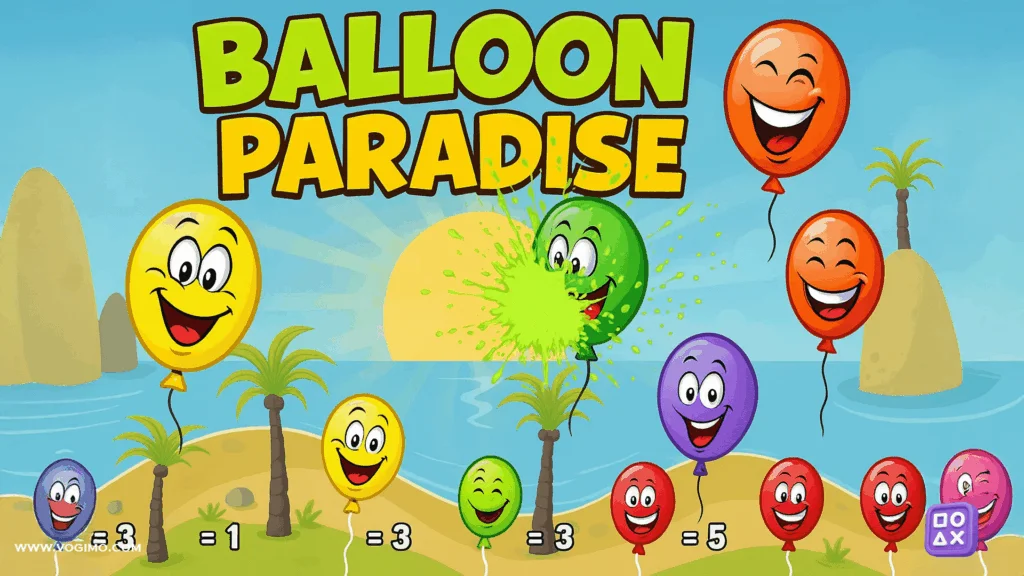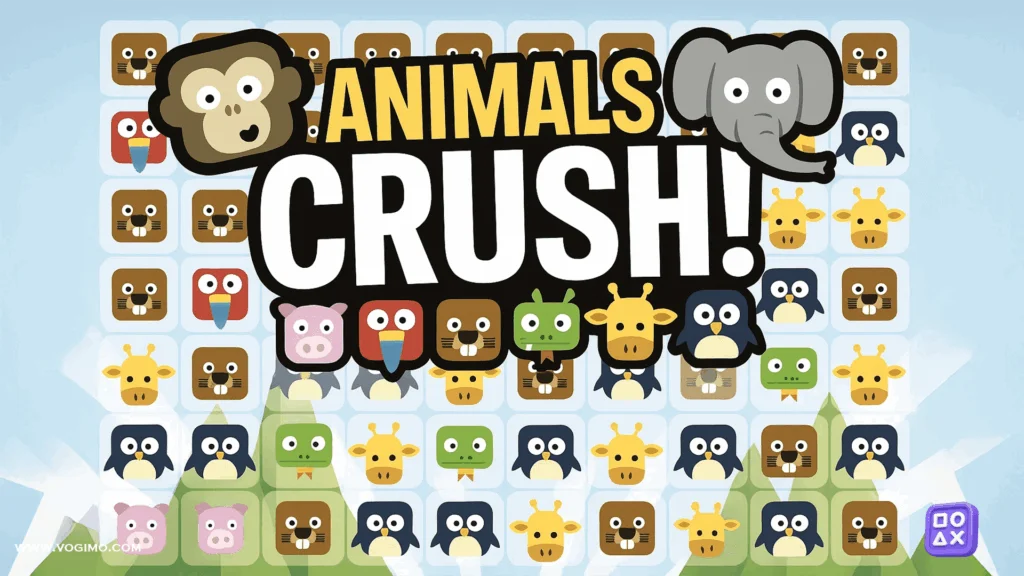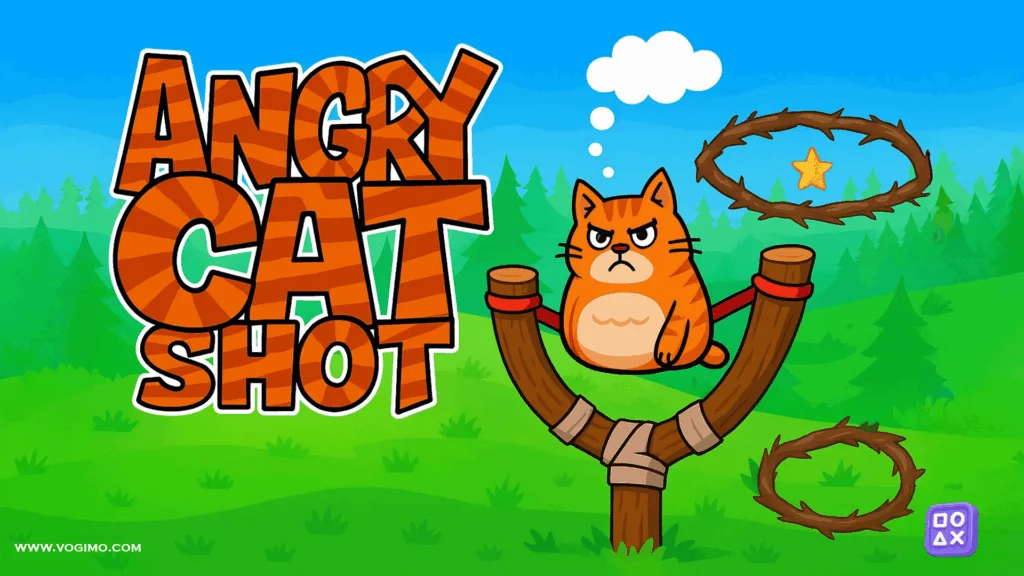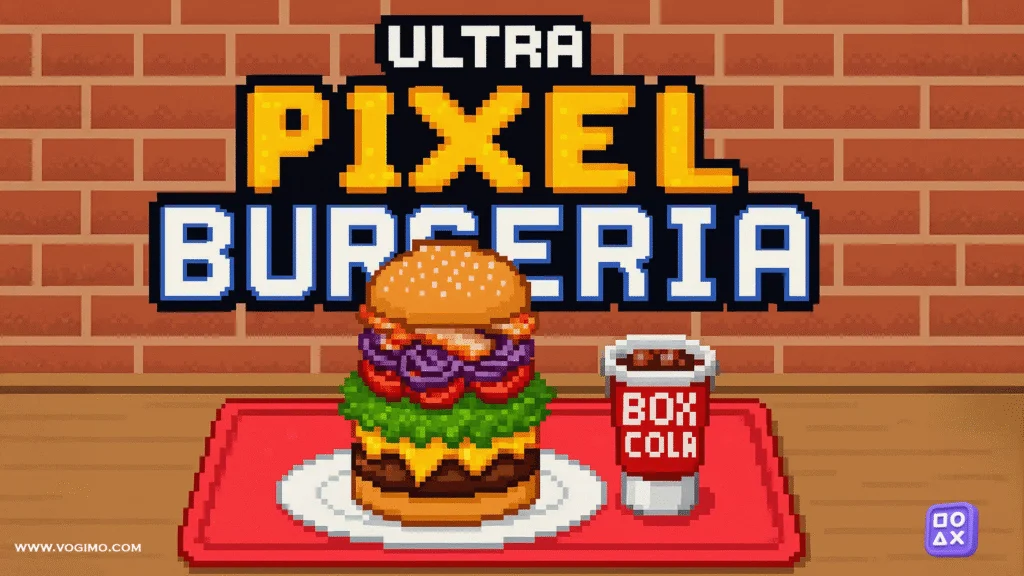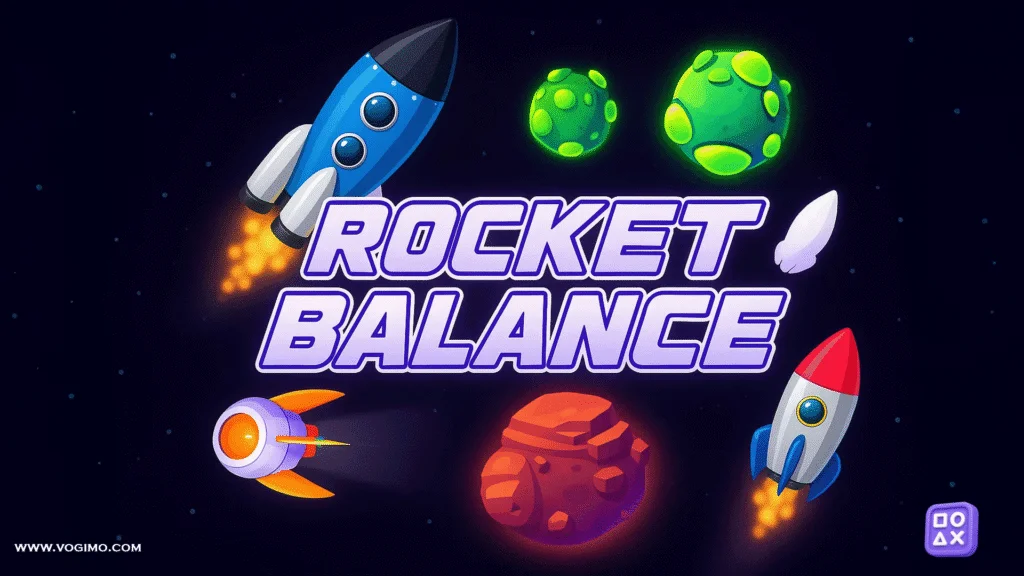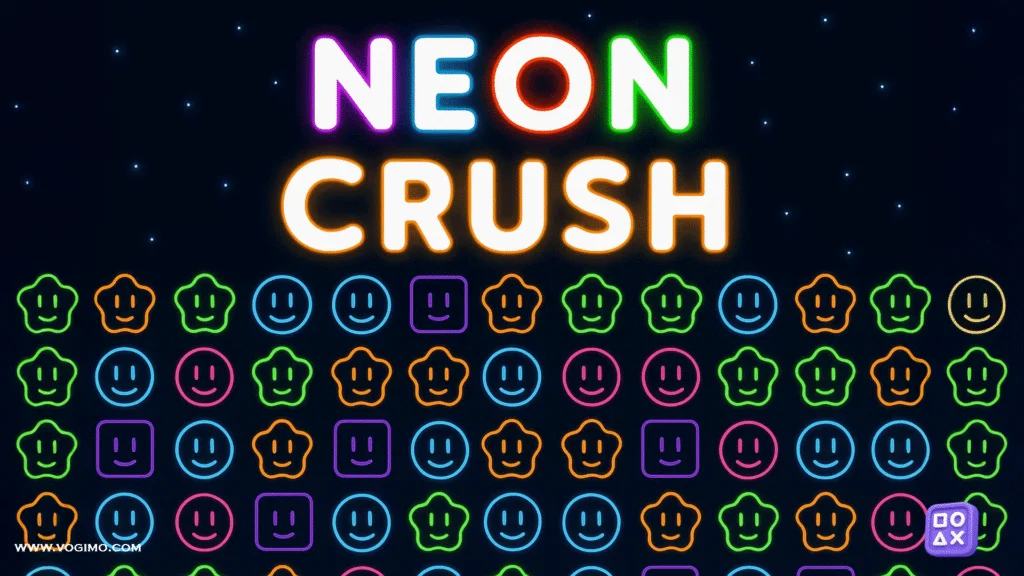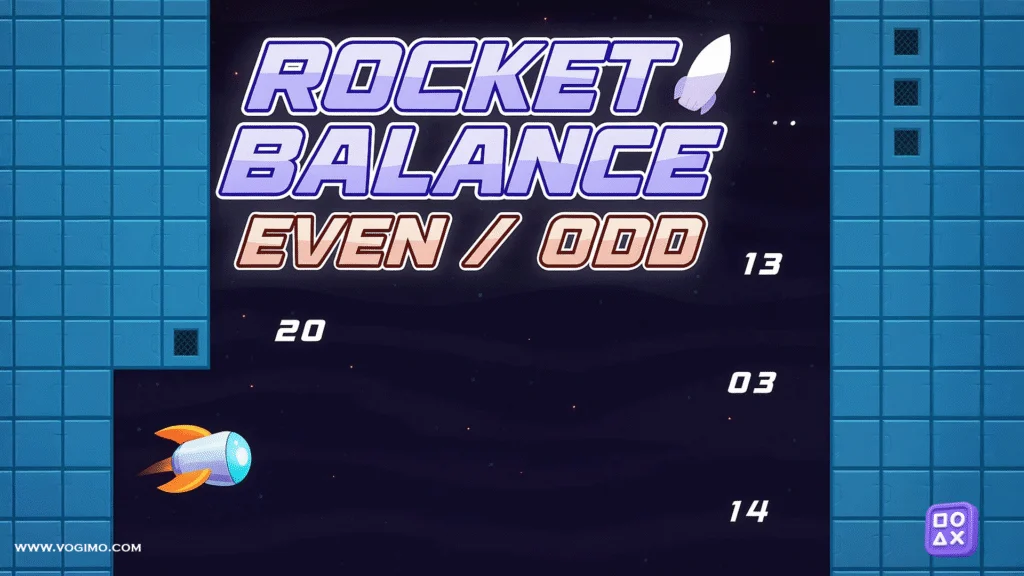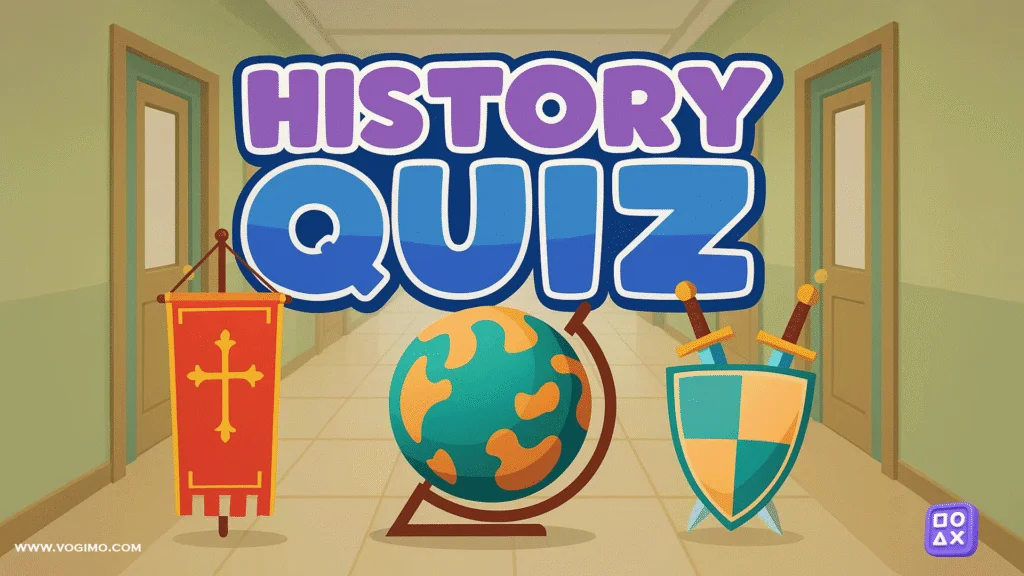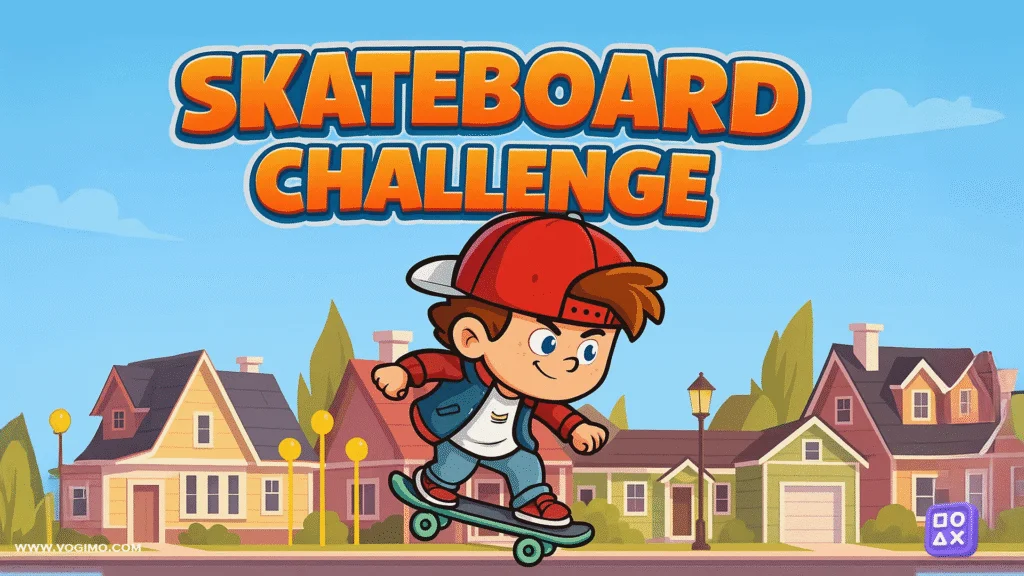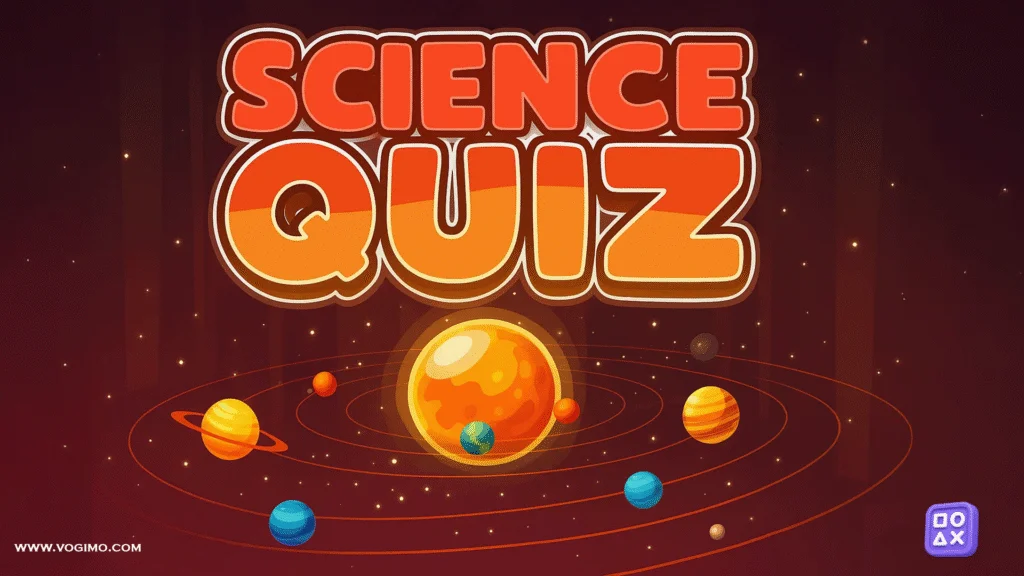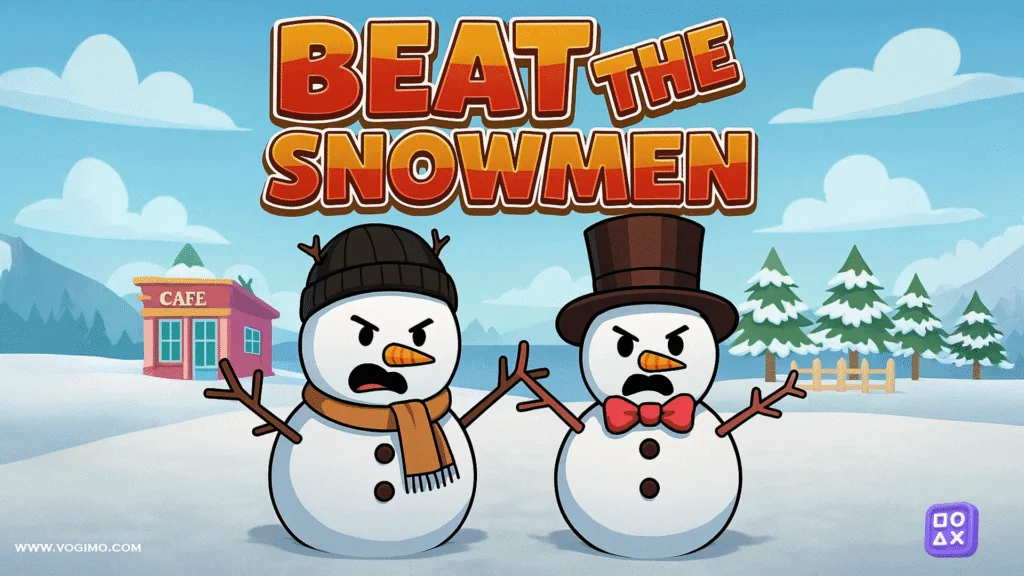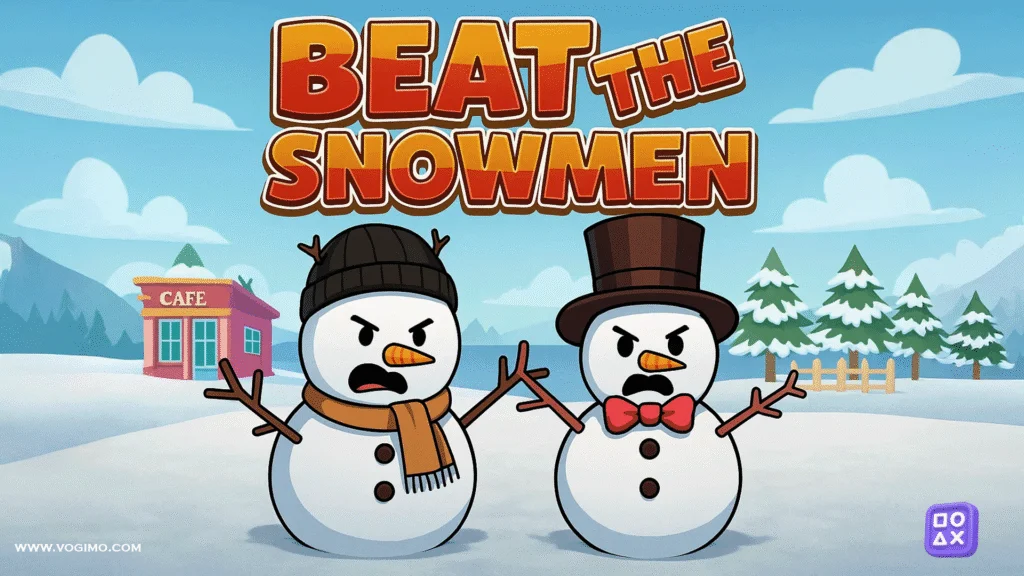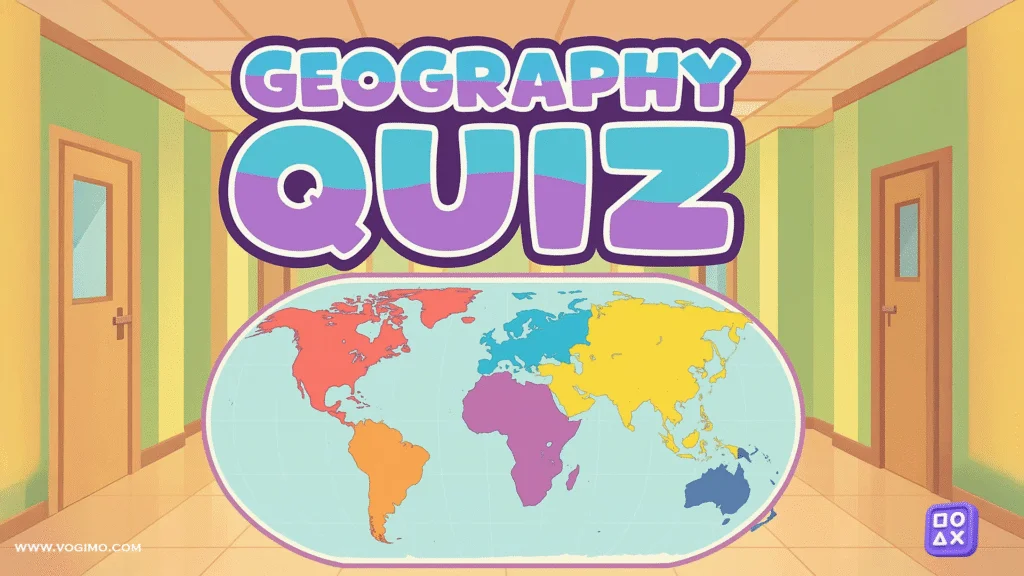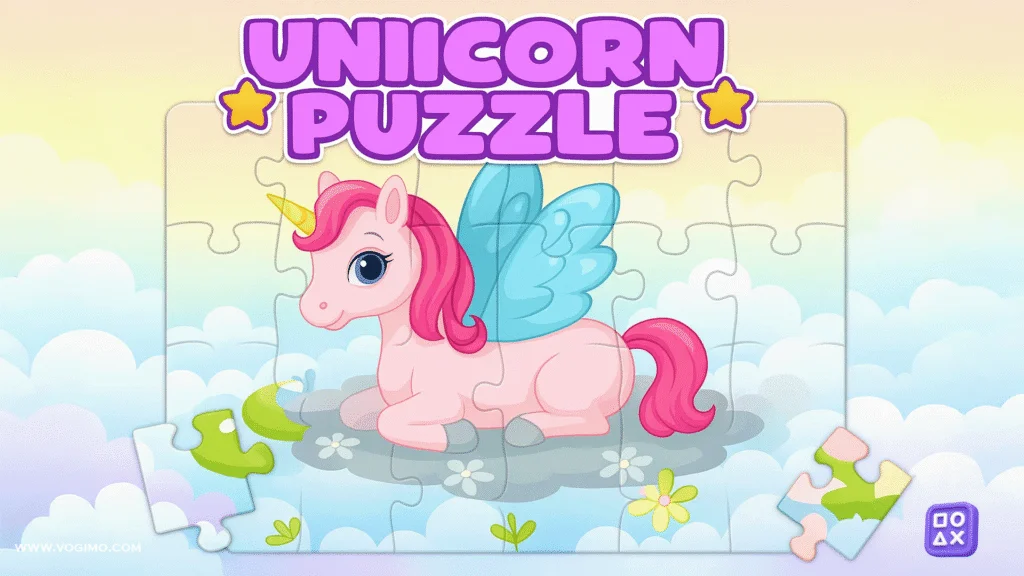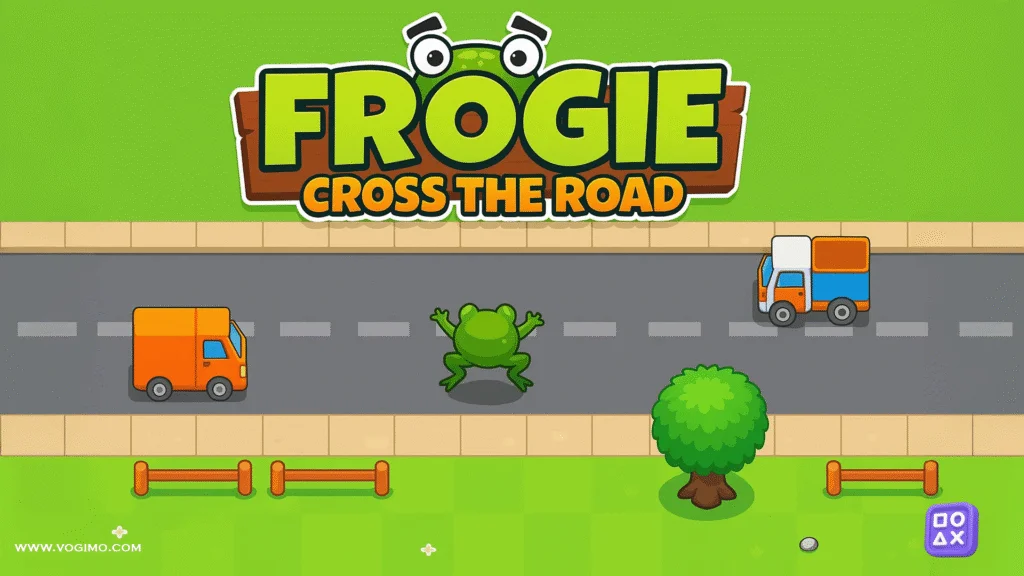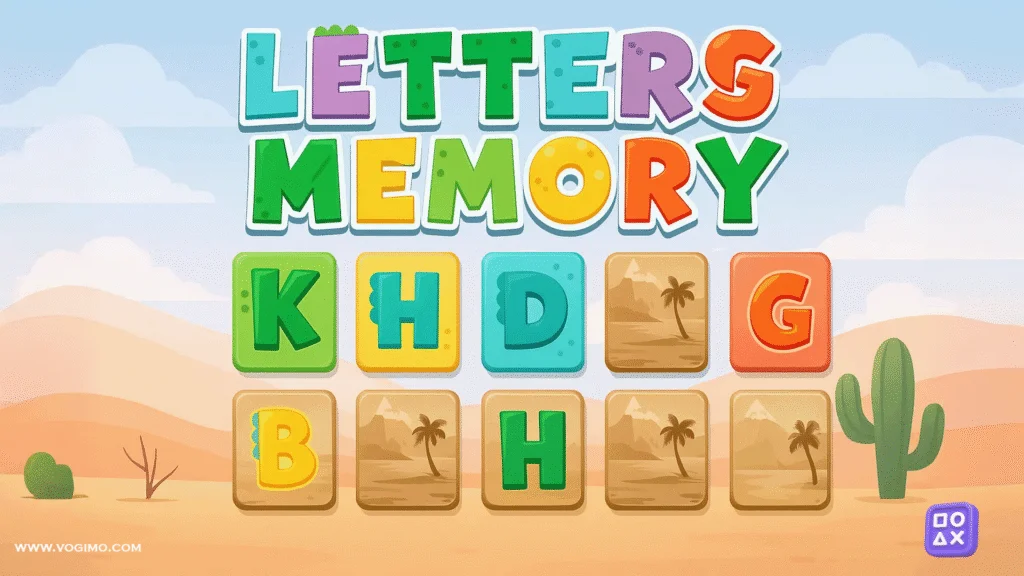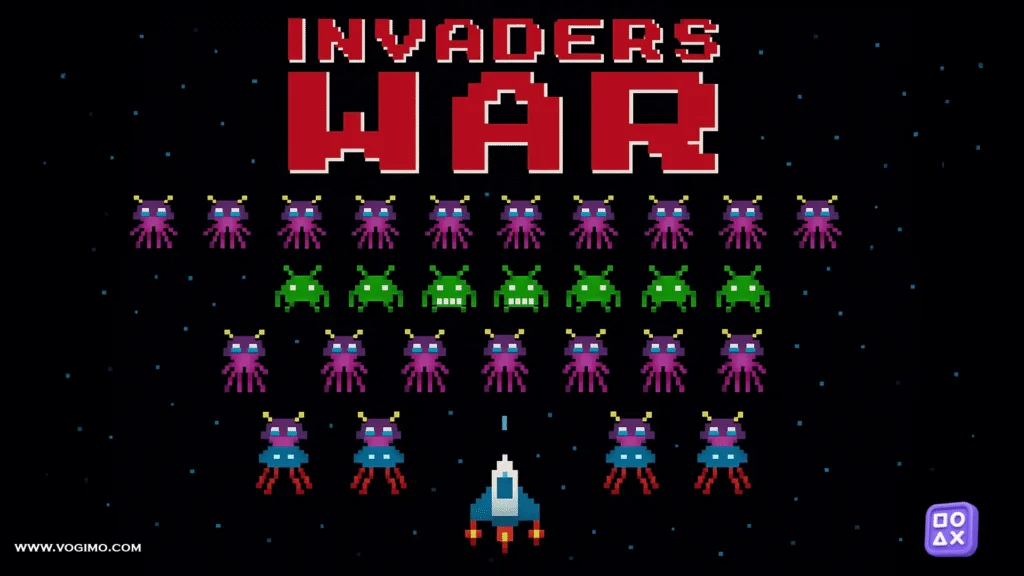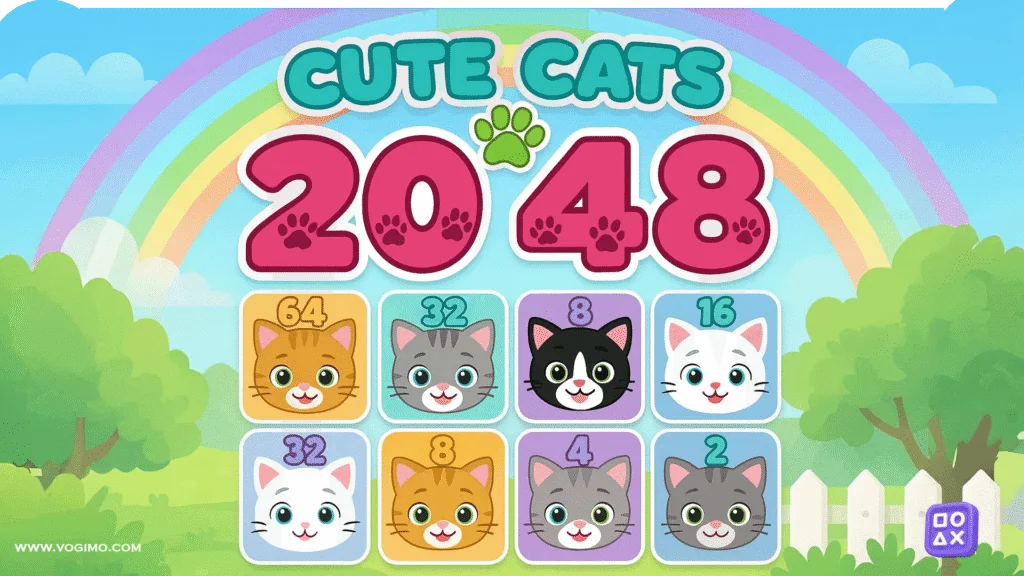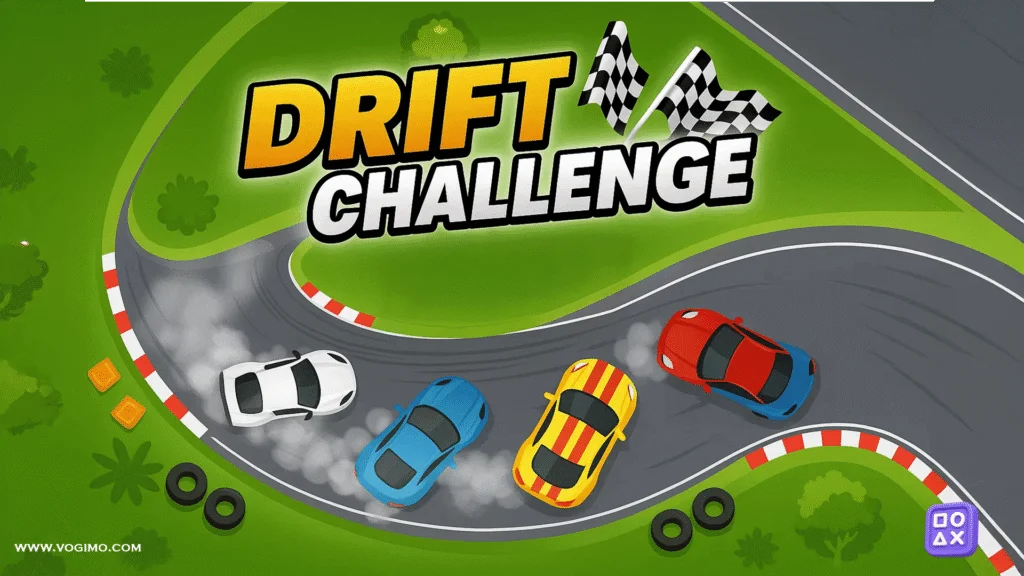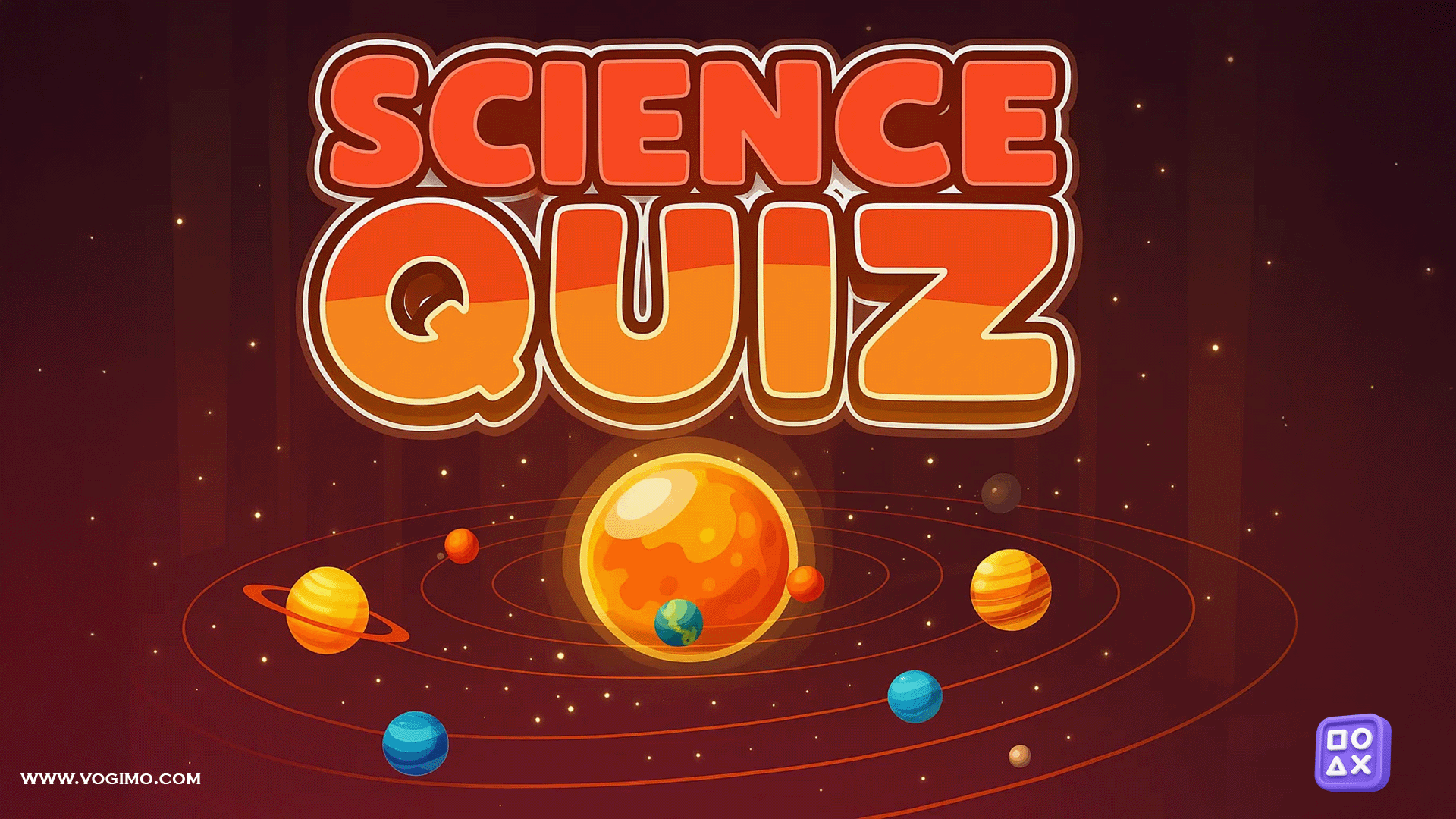Science QUIZ keeps the premise clean: answer as many questions as you can, as quickly as you can, and watch your high score inch upward. The questions span everyday science—think “why the sky looks different at dusk,” “which organ does what,” “what counts as a force” with the occasional curveball that makes you pause. It’s made for kids and curious teens, but adults may catch themselves muttering, “Wait… is that mitosis or meiosis?” The tone isn’t stuffy. It feels like a teacher who likes you, tossing questions just fast enough to be fun.
You’re not cramming for an exam here; you’re building a rhythm. A round starts slow, then the pace appears to nudge upward: shorter timers, slightly trickier phrasings, answer choices that look frustratingly similar at a glance. That mild pressure is the point. If you stay calm, you’ll notice patterns prefixes, units, the way a wrong answer often “almost” matches the right one. And when a guess lands, you’ll probably learn more from the quick correction than from any paragraph-long lecture. It’s bite-size science, but with just enough bite.
Controls:
Desktop: Mouse click to select answers.
Mobile/Tablet: Tap the on-screen buttons.
If you’re playing with a younger learner, co-pilot mode works surprisingly well. Read the question out loud, ask them to explain their thinking, and only then help narrow the choices. That small habit first, clicking second turns a score chase into actual learning without slowing the game to a crawl.
Quick tips to score high
- Scan the stem, then the units. If the question mentions speed but the option lacks distance/time, it’s likely a trap.
- Hunt for prefixes. Hydro- (water), photo- (light), thermo- (heat) are signposts; they often unlock the answer.
- Eliminate the outlier. One option usually breaks the pattern (wrong unit, silly magnitude). Cut it first.
- Keep a two-beat rhythm. Read → decide. Long hesitations burn the timer more than they help.
- Mark a “maybe” in your head. If two choices feel close, pick the one that fits the definition, not the vibe.
- Play short sessions. Five-minute bursts seem to produce cleaner decisions than marathon runs.
Common mistakes (and fixes)
- Rushing the first word → Many questions hinge on qualifiers like mostly, best describes, or least. Read the whole line.
- Falling for magnitude traps → If a planet’s mass looks off by ten zeros, it probably is. Compare orders of magnitude.
- Memorizing answers, not ideas → If you miss “photosynthesis needs…,” rehearse the simple equation (CO₂ + H₂O + light → glucose + O₂).
- Unit blindness → Convert in your head: mL to L, g to kg. Wrong units sink otherwise good guesses.
- Repeating a bad guess pattern → If you keep toggling between two similar choices, step back and name the core concept out loud.
Fast facts
- Question count: ~50 per set (varies by mode).
- Topics: Life science, earth & space, physics basics, chemistry essentials, a dash of scientific method.
- Session length: 3–8 minutes per run.
- Audience: Kids, teens, and anyone brushing up for class or trivia night.
- Skills built: Vocabulary, pattern spotting, unit awareness, quick reasoning.
- Cost: Free to play.
FAQ
Is this good for homework review?
Yes especially as a warm-up. Five minutes before studying primes recall better than jumping straight into notes.
Are the questions randomized?
Typically, yes. You’ll see familiar items shuffled with new ones so you’re practicing ideas, not rote order.
Can younger kids play without reading help?
Early readers may need questions read aloud. The answer choices are short, so co-play works well.
Does it track progress over time?
You’ll see your high score and often a recent-best. For deeper tracking, jot scores in a small log or use a timer-and-score sheet.
Any way to reduce guesswork?
Use the “two wrongs” rule: remove two clearly bad options, then choose between the survivors based on definitions or units.
A quick note on learning that sticks
If a question stumps you, don’t sweat it. Tap the correct choice, say the definition in your own words, and move on. That tiny reflection may be worth more than ten extra seconds spent staring at options. Science learning, like this quiz, tends to reward curiosity and calm more than perfection.
When you’re ready for a breather—still in a science mood but wanting something more hands-on—pair this with a physics-lite game (anything with momentum, timing, or arcs) to connect ideas with motion. Then hop back into the quiz and see if those unit cues feel clearer.



